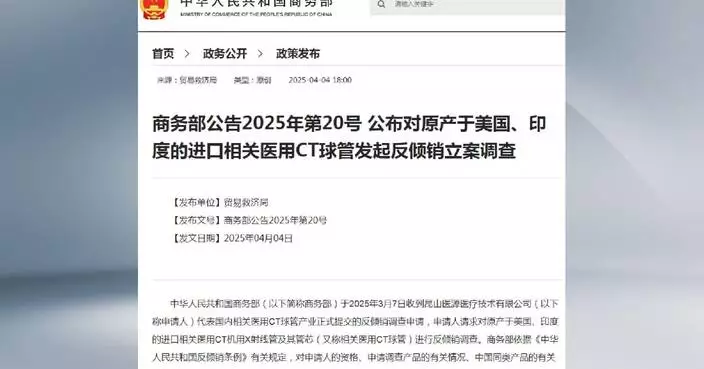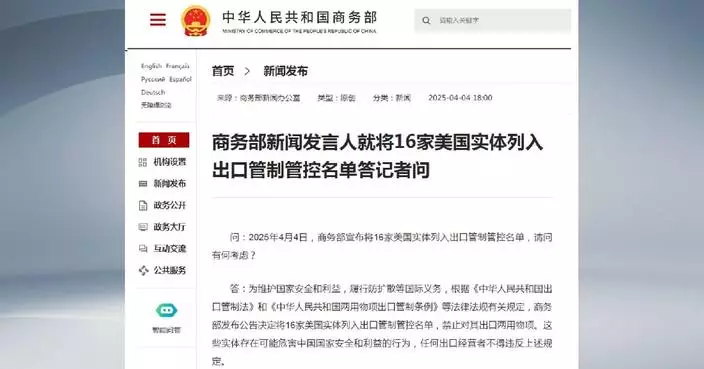Military personnel and firefighters are braving freezing temperatures to comb through rubble in their search and rescue efforts for survivors after a 6.8-magnitude earthquake struck a county in southwest China's Xizang Autonomous Region on Tuesday morning.
The earthquake hit Dingri County in the city of Xigaze at 09:05 on Tuesday, with the epicenter located in Tsogo Township of Dingri. A total of 95 people had been confirmed dead and 130 others injured as of 15:00 Tuesday.
The Western Theater Command of the Chinese People's Liberation Army sent a drone immediately to survey the epicenter after the earthquake.
Besides, 50 militiamen arrived at the severely affected Changsuo Township for rescue operations, where many buildings collapsed as a result of the quake and they pulled injured people out from the rubble.
As of 12:30 on Tuesday, 389 armed police officers carrying 210 sets of rescue equipment had been deployed to the severely affected townships in Dingri to carry out rescue operations and assist the disaster-affected people.
In a village of Changsuo Township, armed police officers rescued a person buried under the ruins at noon on Tuesday.
The Xizang military command has dispatched the first batch of 200 soldiers to conduct rescue operations and deployed two helicopters to survey the situation in Changsuo Township.
Meanwhile, the second batch of over 1,500 soldiers has been mobilized for rescue operations, with six helicopters on standby for subsequent rescue missions.
Furthermore, the Xizang Fire and Rescue Corps promptly dispatched 35 vehicles and 198 personnel to the epicenter for rescue operations.
On Tuesday, the Ministry of Finance and the Ministry of Emergency Management urgently allocated 100 million yuan (around 13.6 million U.S. dollars) from the central natural disaster relief funds to aid Xizang in conducting earthquake disaster relief efforts, including search and rescue operations, relocation of affected residents, and reconstruction of damaged houses.
The State Council's earthquake relief headquarters and the Ministry of Emergency Management upgraded the national earthquake emergency response from Level III to Level II on Tuesday.
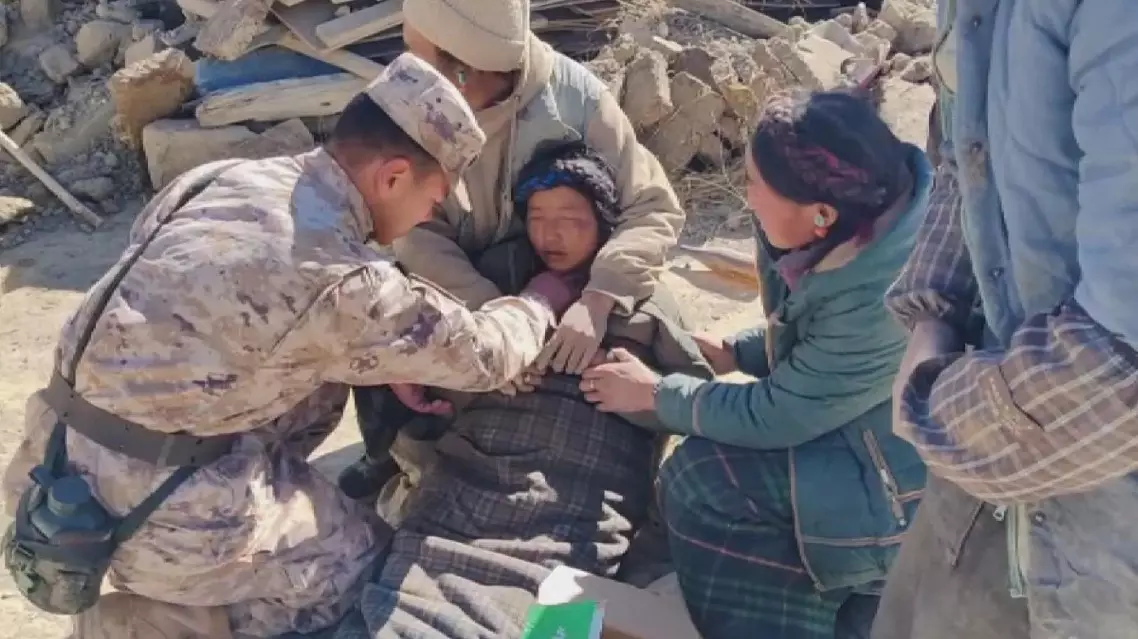
All-out rescue efforts underway following Xizang 6.8-magnitude quake
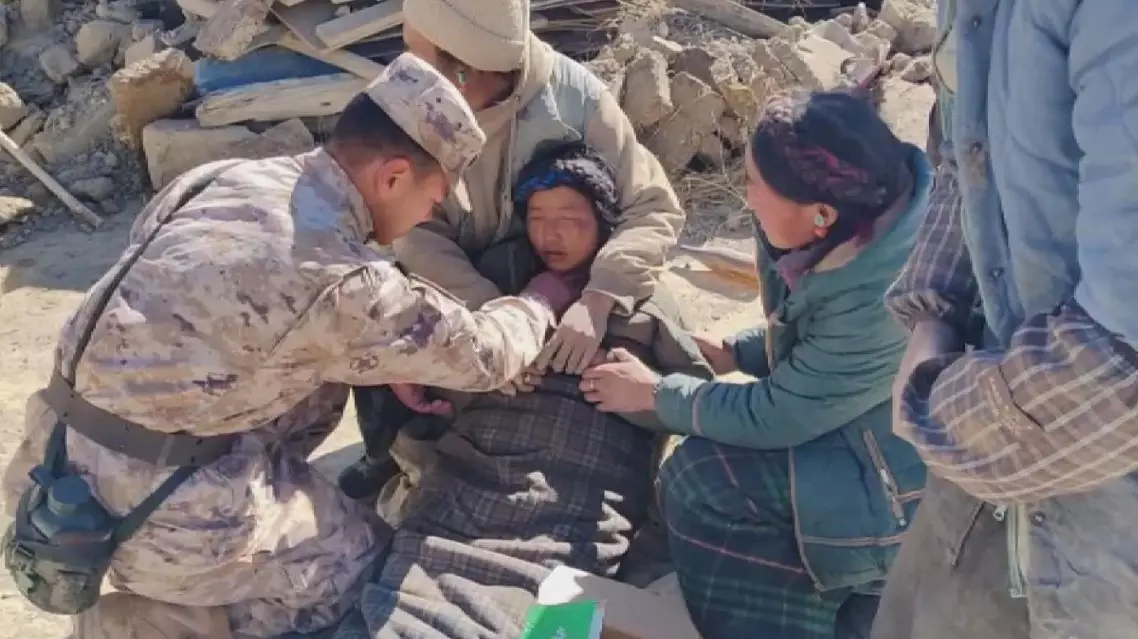
All-out rescue efforts underway following Xizang 6.8-magnitude quake
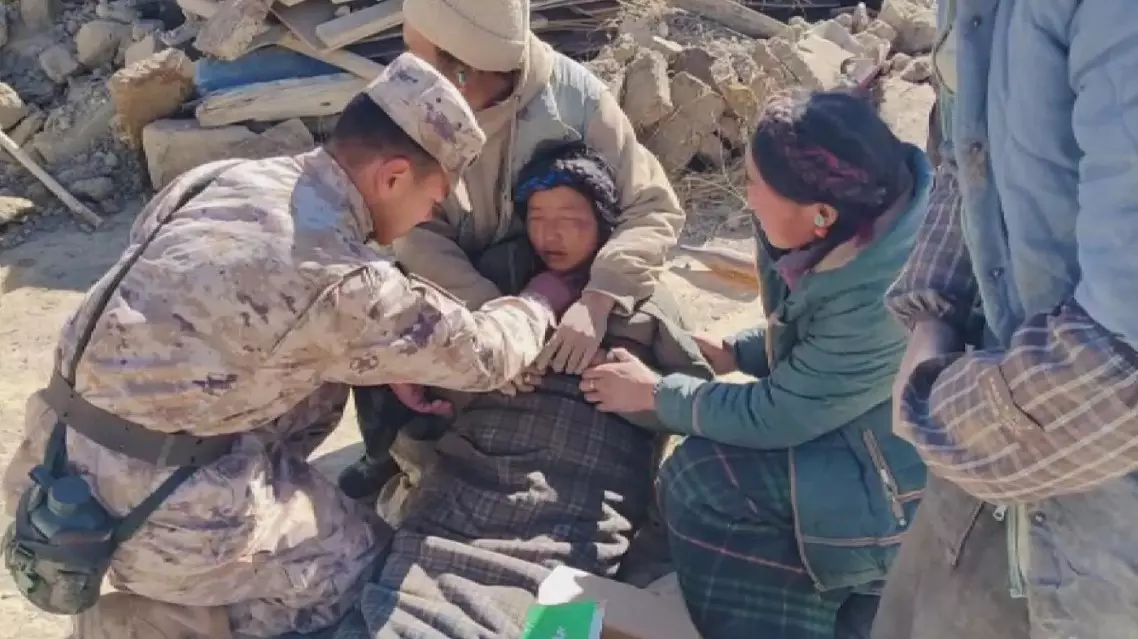
All-out rescue efforts underway following Xizang 6.8-magnitude quake
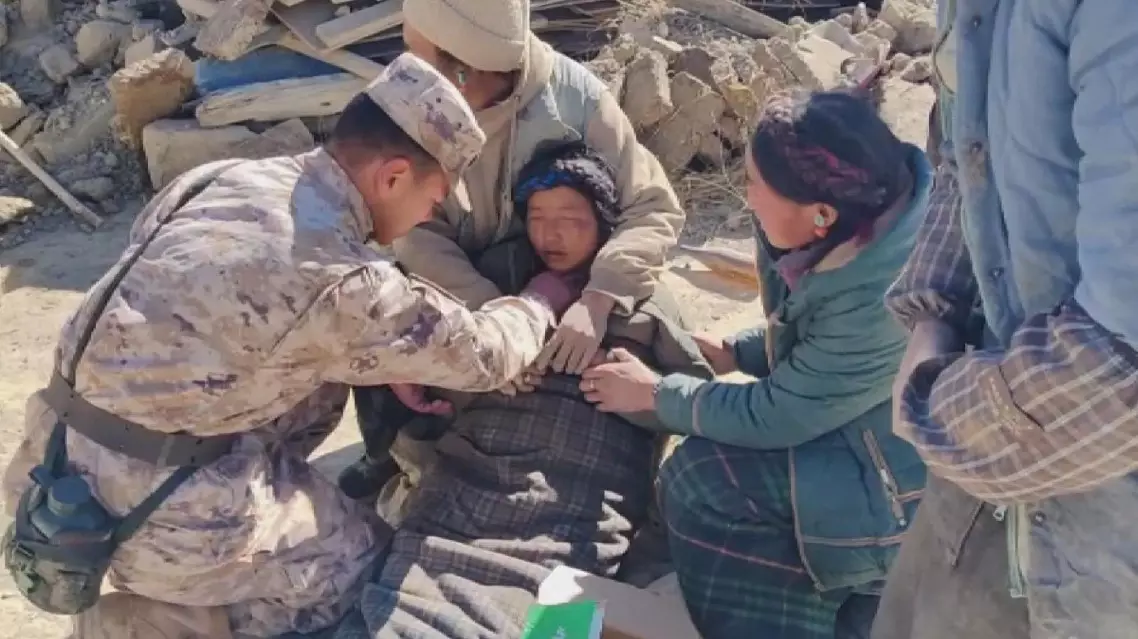
All-out rescue efforts underway following Xizang 6.8-magnitude quake
As the Qingming Festival approaches this Friday, various traditional folk activities have been held across China, celebrating the rich cultural heritage of the occasion.
With a 2,500-year history, Qingming Festival, or the Festival of Pure Brightness, observed in early April, uniquely combines ancestral worship with the celebration of spring. Falling on the 15th day after the spring equinox, this ritual-rich observance reflects China's enduring values of ancestral veneration and inspires deep introspection about what gives life meaning.
In Sijia Village, Huayin City, northwest China’s Shaanxi Province, a unique swing festival is held to mark the occasion. Eighteen different types of traditional swings, such as the spinning wheel swing, the Bagua swing reminiscent of a rotating carousel, and the balance swing designed for two people, have attracted many visitors.
Historically, Sijia Village served as a military post guarding the strategic Tongguan pass, a former mountain pass and fortress located south of the confluence of the Wei and Yellow Rivers. The swing tradition in the village has its origins in military training exercises like climbing and river crossing. The local swing culture further developed as regional trade flourished, eventually evolving into the "swing festival" that continues today.
"It's very exciting and tests your skill, endurance, and most importantly, your arm strength. You need to maintain balance," said Qu Xiangyang, a visitor.
In Rudong County, Nantong City, east China's Jiangsu Province, another traditional Qingming activity takes place - kite flying.
Flying kites as a way of making wishes is an age-old Qingming custom in this region. As a result, the Qingming Festival in Nantong is also known as the "Kite Festival."
The local Banyao whistling kite making skills is listed as one of the first national intangible cultural heritage items.
According to a folk culture expert, people traditionally write the names of diseases or misfortunes on paper, attach it to a kite, and release it into the sky. This practice is believed to drive away illness and disaster, while also serving as a way to make wishes.
In south China's Guangdong Province, a large tug-of-war competition is underway in Maoming City. Teams from different towns and streets are competing, attracting many locals to cheer on their teams.
Tug-of-war, which originated during the late Spring and Autumn period (770 BC - 476 BC), became part of Qingming customs during the Tang Dynasty (618-907). Emperor Xuanzong of the Tang Dynasty once organized large-scale tug-of-war competitions for the festival.
"Tug-of-war became very popular in the Tang Dynasty, even emerging as the national sport. It originated in the Jingchu region and later spread across the country. In ancient Lingnan (Southern China), tug-of-war games were a common tradition. Through these events, people seek to pray for peace, prosperity, and abundant harvests," said Yao Guojun, vice dean of the College of Arts and Law, Guangdong University of Petrochemical Technology.
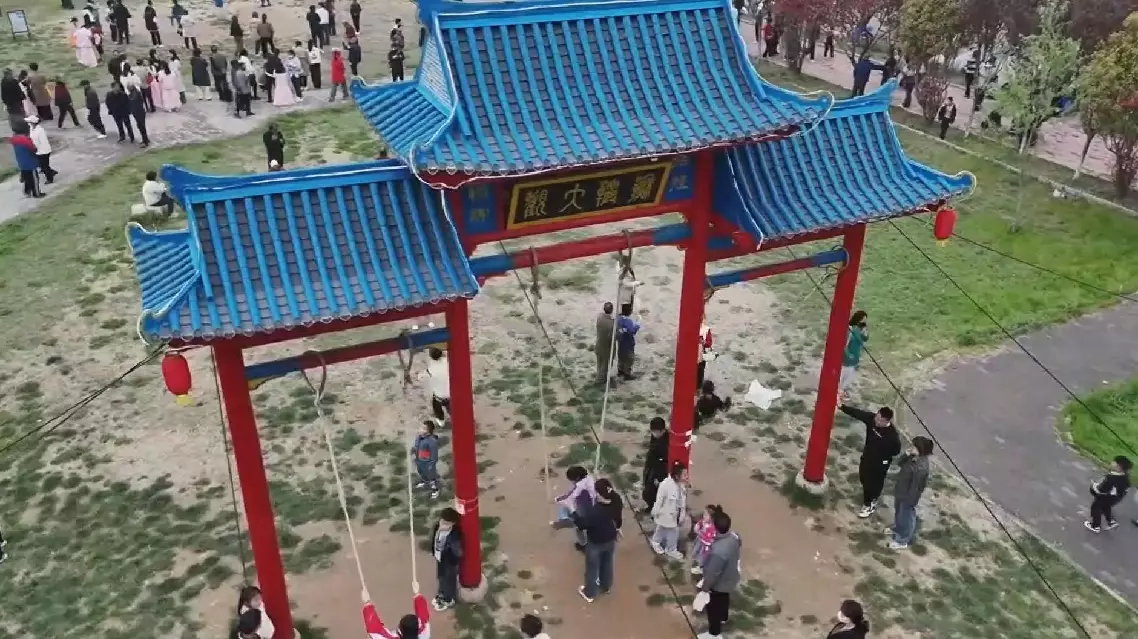
Traditional folk activities held for Qingming Festival













